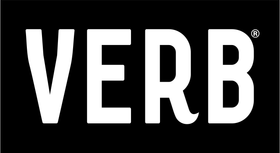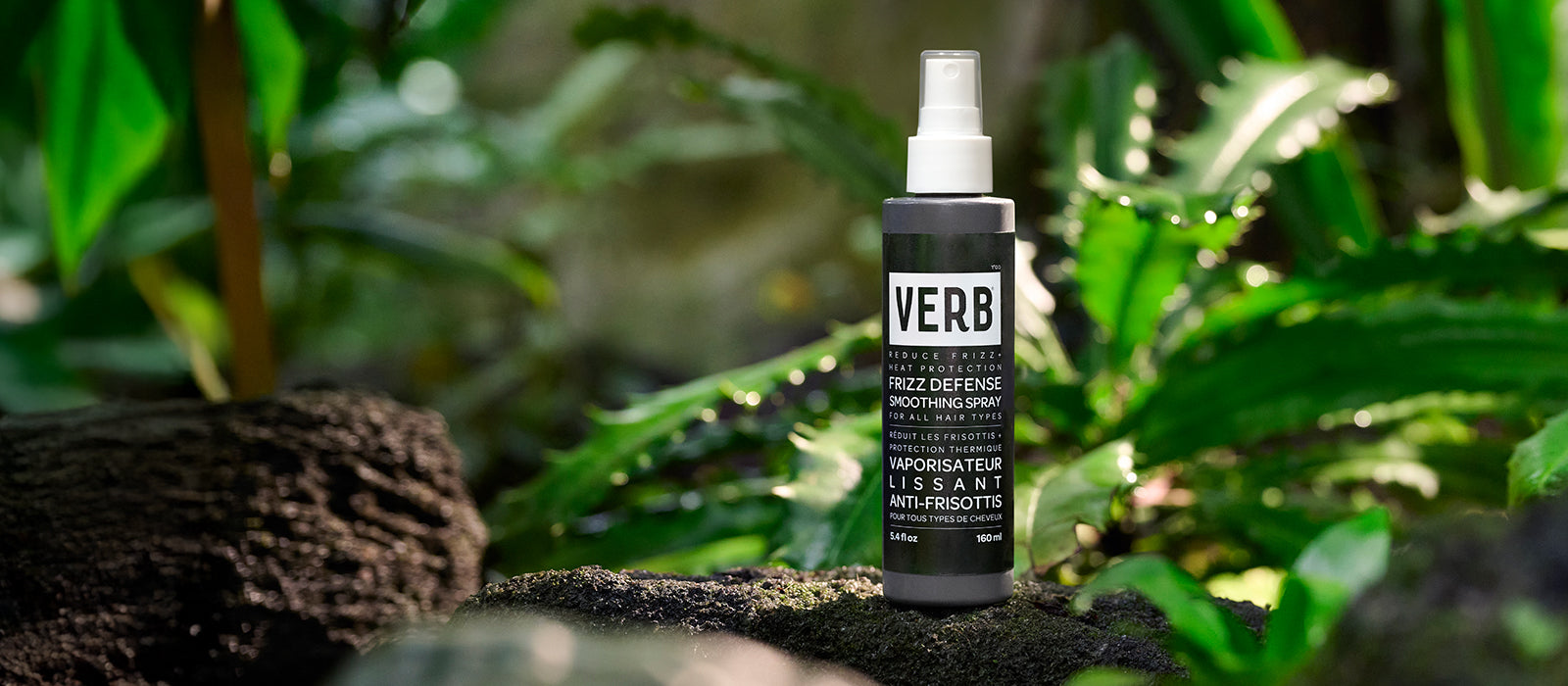Encountering issues like dullness, dryness, split ends and breakage might seem like just another chapter in your hair's journey, but it's actually an opportunity to revolutionize your haircare routine. From gentle brushing to the deep nourishment of weekly hair masks, we'll delve into the most effective strategies and treatments that cater to different levels of hair damage.
How hair is damaged
Damaged hair is more than just a cosmetic issue; it's a sign that your hair is lacking essential nutrients or has been exposed to harmful conditions. There are different types of hair damage, each requiring a unique approach to repair:
Mechanical damage
This happens when we put our hair under physical stress. Think of those split ends and the times your hair has lost its shine and vitality. It's not just about what we do to our hair, but also how we do it. For example, brushing too harshly or styling our hair into tight styles can lead to damage.
Chemical damage
This type comes from some of our hair treatments like coloring, perming or straightening. While these processes can give us the style we desire, they can also take a toll on our hair's health. Chemical treatments can strip away moisture and weaken the hair structure, leaving behind dry ends and making strands brittle and much more susceptible to breakage.
Heat damage
While straighteners, curling irons and blow dryers can be great for our daily styling needs, they come with a catch — heat damage. It's a bit like sunbathing; a little might give you that lovely glow, but too much can be harmful. When we use these tools frequently or at high temperatures, we're essentially zapping the natural moisture from our hair.
Environmental damage
The sun's rays, gusty winds, urban pollution and even a dip in the pool can all leave their mark on our hair and scalp. These environmental factors can be tough on our hair, robbing it of its natural oils and moisture. This isn't just about a bad hair day. Over time, these elements can lead to more serious issues like dryness, loss of color and a lackluster appearance.
How to fix damaged hair at every level
Repairing damaged hair requires a targeted approach and an understanding of the specific type of damage and its severity. No matter the challenges it faces, here are some practical tips:
1. Brush gently
Brushing your hair is a double-edged sword. When done right, it can enhance your hair's health — but if done incorrectly, it can lead to damage. The key to brushing hair properly is in the approach and the tools you use. For starters, opt for a wide-tooth comb, particularly when dealing with wet hair, which is more vulnerable to breakage. This type of comb allows you to gently untangle knots without pulling or stressing your strands too much. Additionally, incorporating a detangler spray can be a game-changer. It helps in easing out tangles, making the comb glide through more smoothly and reducing the risk of snapping your delicate hair.
2. Use hair masks weekly
Regularly treating your hair with a hair mask can help prevent breakage and maintain hair strength. A prime example is our Hydrating Mask, a rich deep conditioning treatment infused with babassu oil, known for its incredible hydrating properties..
3. Avoid tight hairstyles
Frequently wearing tight hairstyles, such as ponytails, buns or braids, can cause mechanical damage by putting excessive tension on the hair follicles. This can lead to a condition known as traction alopecia, where over time, hair is pulled out of the scalp leading to thinning and hair loss. To prevent this:
- Opt for looser hairstyles that don’t pull on the scalp
- Alternate your hairstyle daily to distribute the tension
- Use fabric hair ties or claw clips to minimize hair breakage and tension
4. Lower the temperature on your heat styling tools
Exposing your hair to high temperatures during styling can lead to damage, stripping away moisture and weakening the strands. By dialing down the temperature, you can minimize the risk of heat damage, allowing you to style your hair more gently and maintain its moisture and overall health.
5. Incorporate a scalp treatment
An unhealthy scalp can also impede hair growth and exacerbate hair damage. This is where Ghost™ Exfoliating Scalp Nectar can help. This lightweight serum is enriched with an AHA and PHA, working gently to exfoliate and dissolve product build-up, ensuring a clean and rejuvenated scalp. These treatments are designed to remove dead skin cells and unclog hair follicles, laying the foundation for stronger, more resilient hair.
6. Invest in a nourishing leave-in
Leave-in hair products are a long-term ally in your haircare arsenal, providing extended repair and protection. The right leave-in product can also act as a shield, protecting your hair from the everyday stressors that can lead to damage. With each use, it breathes life into your hair, infusing it with health and vitality.
For example, our leave-in mist is a multitasking leave-in conditioner made of a blend of argan oil, moringa oil and bamboo extract. Great for all hair types, it moisturizes, detangles and smooths your hair.
7. Hydrate and moisturize thirsty ends
Addressing dehydrated hair requires a thoughtful approach and incorporating the right products into your routine is key. Ghost™ Oil is an everyday weightless hair oil that's great for fine to medium hair.. It’s star ingredient, moringa oil, moisturizes and smooths hair.. This unique blend is formulated to smooth frizz, tame flyaways and add shine to hair. 8. Book regular appointments with your stylist
Regular trims are vital for maintaining the health and appearance of your hair. Not only do they help prevent split ends from getting worse, but they also ensure that your hair looks fresh, vibrant and well-maintained.
9. Seal your bonds
Embracing the concept of hair bonding is essential for achieving stronger, healthier hair and products like our Bonding Shampoo and Bonding Mask can help. These products are specially formulated to target and help repair the hair's disulfide bonds, which are crucial for maintaining hair strength and structure. Over time, these bonds can become damaged due to styling, heat and environmental stress, leading to weakened, brittle hair.
Our Bondingollection, enriched with our amino-bond complex, marine botanicals, mafura butter and manketti seed oil, work to repair and rebuild these disulfide bonds.
Rescue and repair damaged hair with Verb
The journey to repair and protect your hair from damage is a deep and layered approach. It encompasses a variety of practices, from the simplicity of gentle brushing to the advanced care provided by specialized treatments. No matter what type of damage your hair has endured, there's a path to recovery and resilience.
We recommend starting with our Verb Bonding Shampoo and Bonding Mask to help repair broken disulfide bonds for smoother, shinier and visibly healthier hair!








